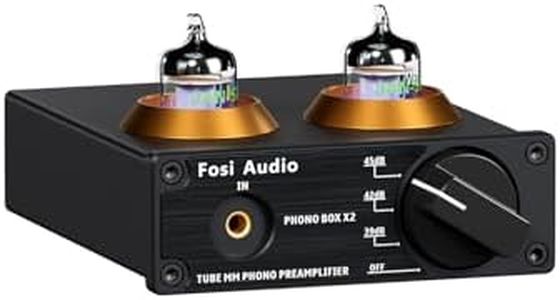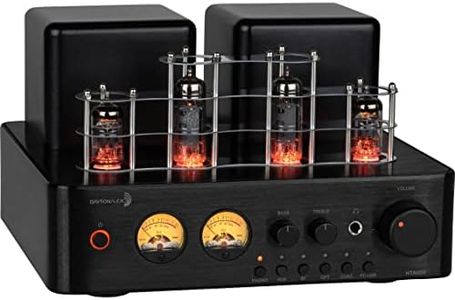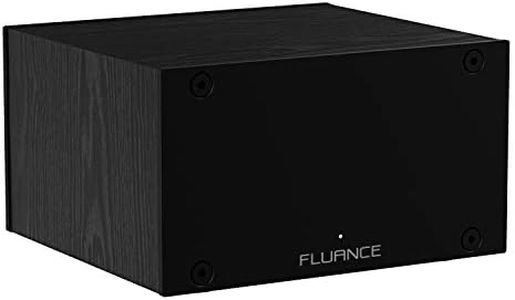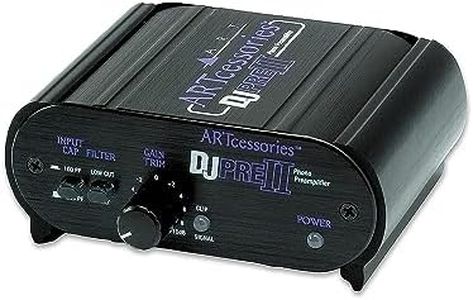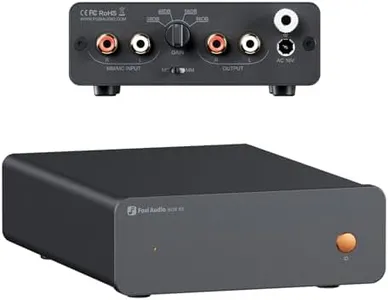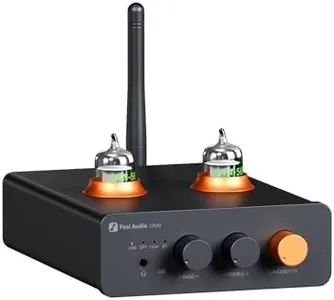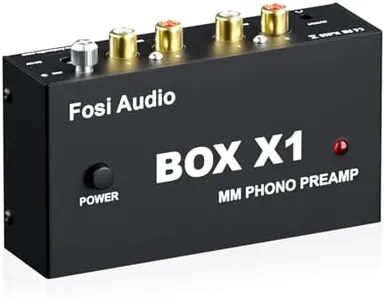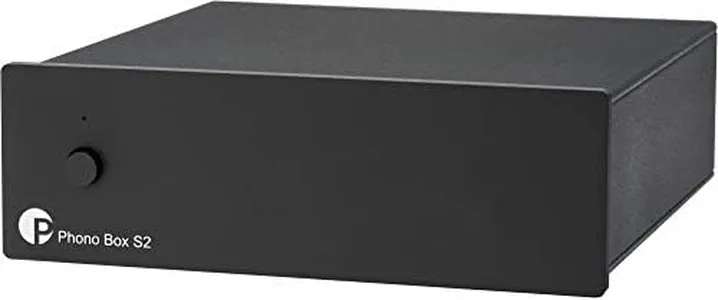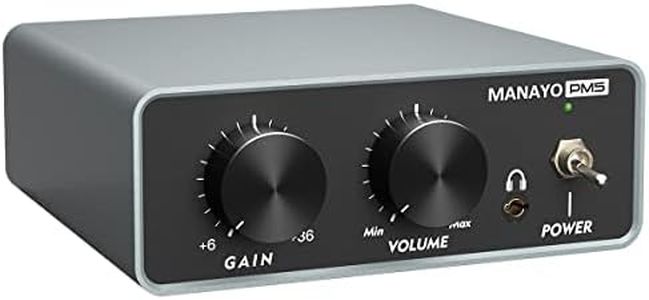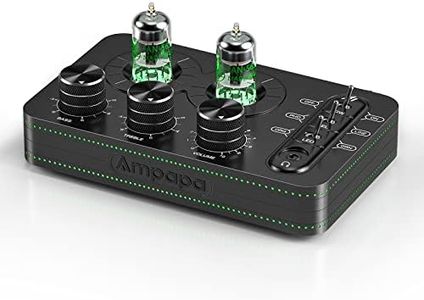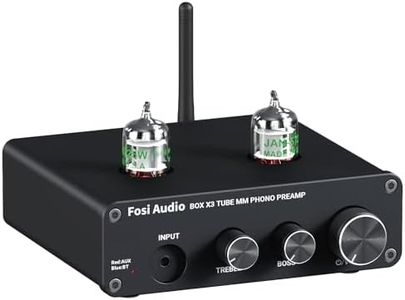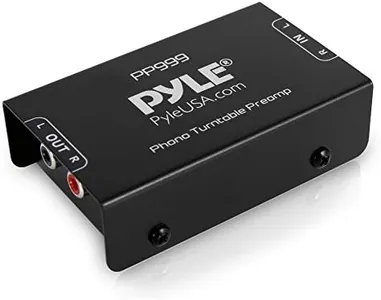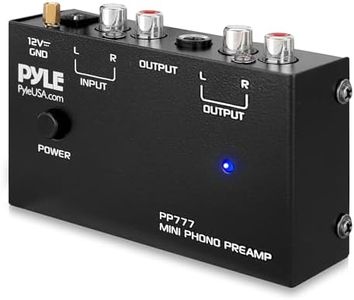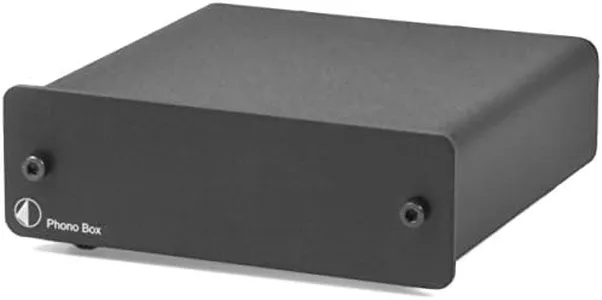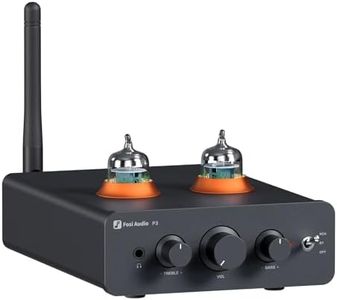We Use CookiesWe use cookies to enhance the security, performance,
functionality and for analytical and promotional activities. By continuing to browse this site you
are agreeing to our privacy policy
10 Best Phono Pre Amps 2025 in the United States
How do we rank products for you?
Our technology thoroughly searches through the online shopping world, reviewing hundreds of sites. We then process and analyze this information, updating in real-time to bring you the latest top-rated products. This way, you always get the best and most current options available.

Buying Guide for the Best Phono Pre Amps
Choosing the right phono pre-amp is crucial for getting the best sound quality from your turntable. A phono pre-amp, also known as a phono stage, amplifies the signal from your turntable to a level that can be processed by your audio system. When selecting a phono pre-amp, it's important to consider several key specifications to ensure it meets your needs and enhances your listening experience.GainGain refers to the amount of amplification the phono pre-amp provides to the signal from your turntable. This is important because it ensures that the signal is strong enough to be processed by your audio system without introducing noise or distortion. Gain is typically measured in decibels (dB). For Moving Magnet (MM) cartridges, a gain of around 40 dB is usually sufficient, while Moving Coil (MC) cartridges, which have lower output levels, may require a gain of 60 dB or more. Choose a phono pre-amp with adjustable gain if you plan to use different types of cartridges.
Cartridge CompatibilityCartridge compatibility refers to whether the phono pre-amp can work with Moving Magnet (MM) or Moving Coil (MC) cartridges. MM cartridges are more common and have a higher output level, while MC cartridges are typically used by audiophiles for their superior sound quality but have a lower output level. Some phono pre-amps are designed to work with both types, while others are specific to one type. Ensure the phono pre-amp you choose is compatible with your turntable's cartridge.
Signal-to-Noise Ratio (SNR)The Signal-to-Noise Ratio (SNR) measures the level of the desired signal compared to the level of background noise. A higher SNR indicates a cleaner, clearer sound with less background noise. SNR is usually measured in decibels (dB), and a higher value is better. For a good listening experience, look for a phono pre-amp with an SNR of at least 80 dB. If you are an audiophile seeking the best possible sound quality, aim for an SNR of 90 dB or higher.
Input ImpedanceInput impedance is the resistance the phono pre-amp presents to the cartridge. This is important because it affects the frequency response and overall sound quality. For MM cartridges, an input impedance of 47k ohms is standard. For MC cartridges, the input impedance can vary, and some phono pre-amps offer adjustable impedance settings to match different MC cartridges. Choose a phono pre-amp with adjustable input impedance if you plan to use various MC cartridges or want to fine-tune the sound.
Output OptionsOutput options refer to the types of connections available on the phono pre-amp to connect to your audio system. Common output options include RCA (analog) and sometimes balanced XLR (for higher-end systems). Some phono pre-amps also offer USB outputs for digitizing vinyl records. Consider your audio system's input options and choose a phono pre-amp with compatible outputs. If you plan to digitize your vinyl collection, look for a model with a USB output.
Size and Build QualitySize and build quality are important for both aesthetic and practical reasons. A well-built phono pre-amp with a sturdy chassis can reduce interference and vibrations, leading to better sound quality. Additionally, consider the size of the phono pre-amp to ensure it fits well within your audio setup. High-quality materials and construction can also contribute to the longevity and reliability of the device. Choose a phono pre-amp that fits your space and is built to last.
Most Popular Categories Right Now
